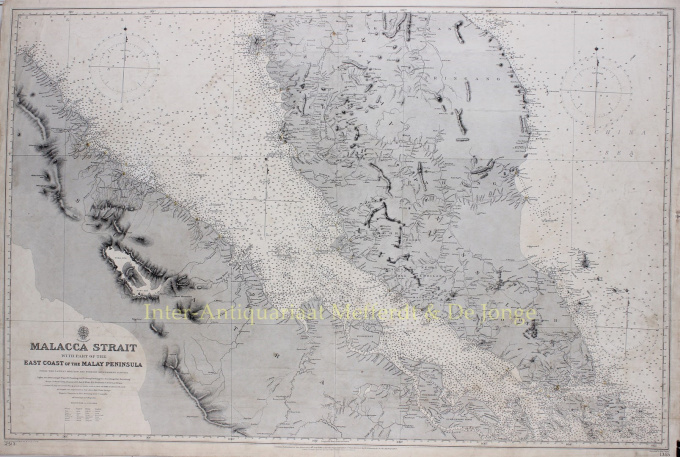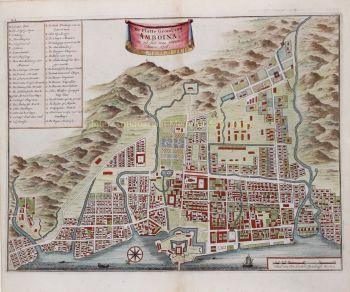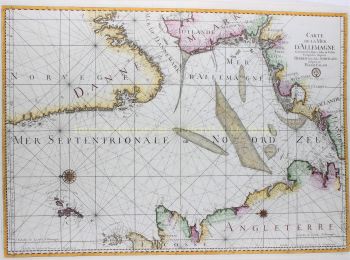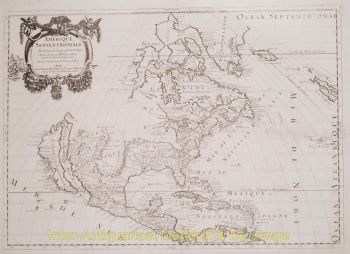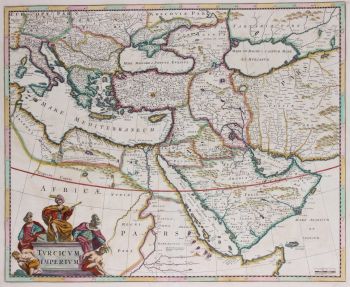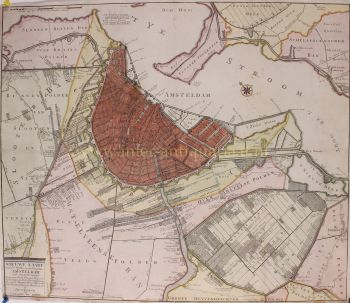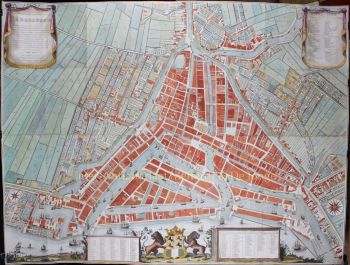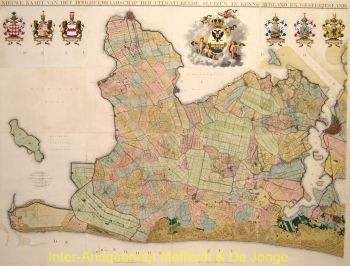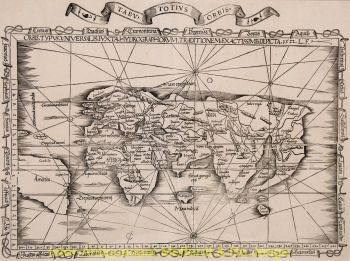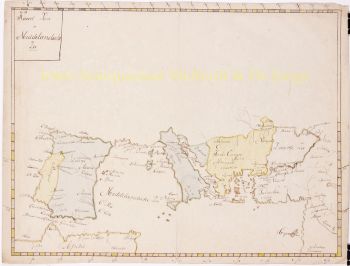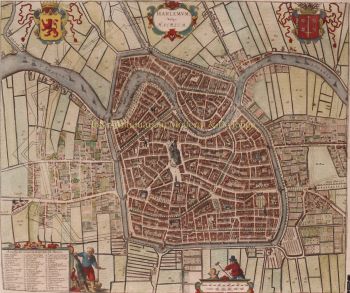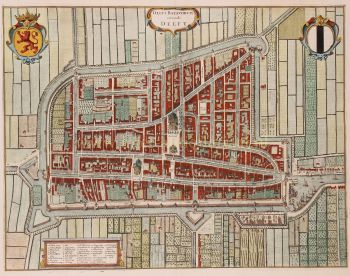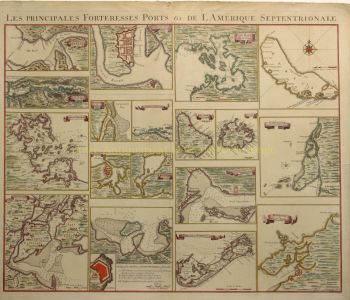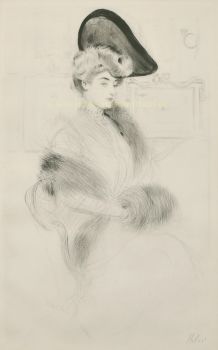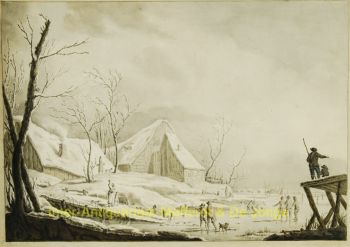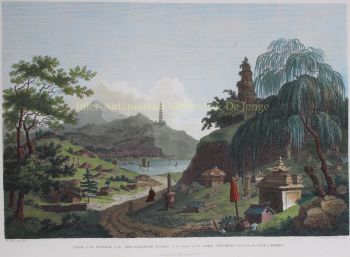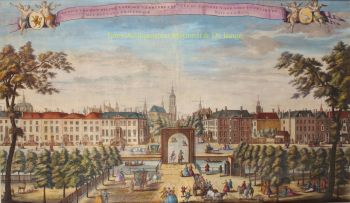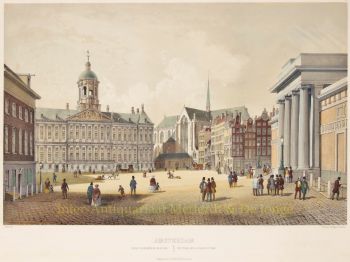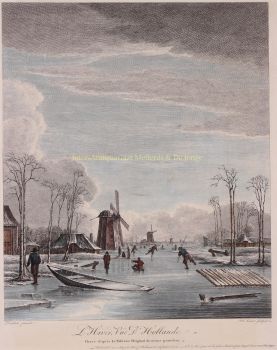Malacca Strait, Singapore 1898
Unknown artist
€ 2.150
Inter-Antiquariaat Mefferdt & De Jonge
- About the artworkRARE 19TH CENTURY MAP OF THE MALACCA STRAIT WITH SINGAPORE “Malacca Strait with Part of the East Coast of the Malay Peninsula”, engraving published in London by the British Admiralty in 30 June 1898 under the superintendence of Rear Admiral Sir W.J.L. Wharton. Size: 65,5 x 98 cm. In 1795 King George III created the United Kingdom Hydrographic Office, to provide top notch nautical charts to the vast Royal Navy. Prior to the founding of the Admiralty the surveying and creation of nautical charts was primarily a commercial venture in which the cartographer himself, more often than not, actually financed the printing of his own material. The great navigator James Cook himself is known to have scrambled for funds to publish his own seminal charts - the most important and advanced of the period. The system of privately funded nautical mapping and publishing left vast portions of the world uncharted and many excellent charts unpublished. King George III, responding to significant loss in trade revenue related to shipwrecks and delay due to poor charts, recognised the need for an institutionalised government sponsored cartographic agency - the Admiralty. The United Kingdom Hydrographic Office is still in operation today. On this large and rare 19th century nautical chart or maritime map we see Peninsula Malaya, Singapore and its neighbouring islands and parts of Sumatra surrounded by the South China Sea and Malacca Strait. In the second half of the 19th century, Singapore was part of the Straits Settlements, a group of British territories in Southeast Asia controlled by the British East India Company and later served as a crown colony. In the 1890s Singapore became a global centre for rubber sorting and export. Price: EUR 2.150,-
- About the artist
It might happen that an artist or maker is unknown.
Some works are not to be determined by whom it is made or it is made by (a group of) craftsmen. Examples are statues from the Ancient Time, furniture, mirroirs, or signatures that are not clear or readible but as well some works are not signed at all.
As well you can find the following description:
•“Attributed to ….” In their opinion probably a work by the artist, at least in part
•“Studio of ….” or “Workshop of” In their opinion a work executed in the studio or workshop of the artist, possibly under his supervision
•“Circle of ….” In their opinion a work of the period of the artist showing his influence, closely associated with the artist but not necessarily his pupil
•“Style of ….” or “Follower of ….” In their opinion a work executed in the artist’s style but not necessarily by a pupil; may be contemporary or nearly contemporary
•“Manner of ….” In their opinion a work in the style of the artist but of a later date
•“After ….” In their opinion a copy (of any date) of a work of the artist
•“Signed…”, “Dated….” or “Inscribed” In their opinion the work has been signed/dated/inscribed by the artist. The addition of a question mark indicates an element of doubt
•"With signature ….”, “With date ….”, “With inscription….” or “Bears signature/date/inscription” in their opinion the signature/ date/ inscription has been added by someone other than the artist
Are you interested in buying this artwork?
Artwork details
Related artworks
- 1 - 4 / 12
- 1 - 4 / 24
- 1 - 4 / 12

